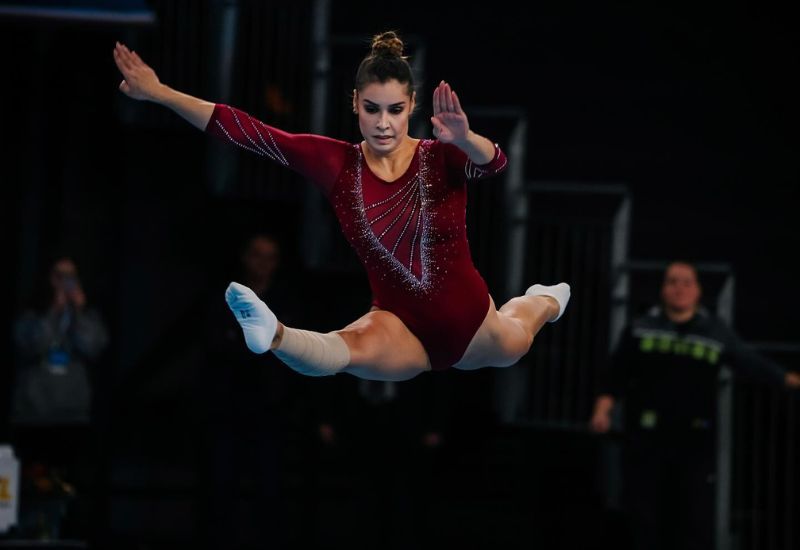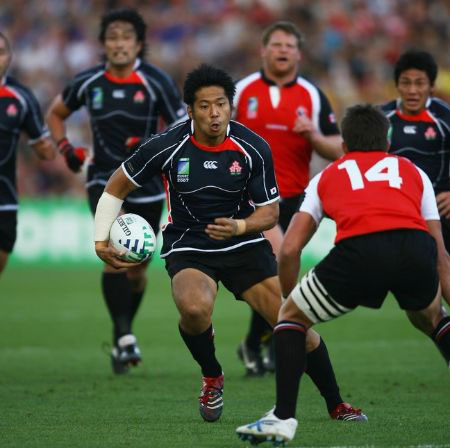Sports and physical activities are excellent for overall health and well-being, but they also come with the risk of injury. Some sports are inherently more prone to injuries due to the physical demands they place on the body.
Understanding the injury risks associated with different sports can help athletes, coaches, and parents make informed decisions and take appropriate precautions.
Sports That Most Prone to Injury
In this article, we’ll explore some of the most injury-prone sports and discuss ways to minimize the risk of injury.
1. Soccer
Soccer, also known as football in many countries, is a high-impact sport that involves running, kicking, and frequent changes in direction. The combination of sprinting and sudden stops can put a significant strain on the lower body, leading to injuries such as sprains, strains, and tears.

Additionally, the physical nature of the game can result in collisions and contact injuries, particularly in the lower extremities.
- An anterior cruciate ligament (ACL) tears
- Ankle sprains
- Hamstring strains
Proper warm-up, conditioning, and adherence to rules and regulations can help reduce the risk of soccer-related injuries.
Read More: Top 10 Hardest Sports
2. Basketball
Basketball is a fast-paced sport that involves running, jumping, and frequent lateral movements. The dynamic nature of the game puts a significant amount of stress on the musculoskeletal system, particularly the lower limbs.

Jumping and landing mechanics, as well as physical contact during gameplay, contribute to the high incidence of injuries among basketball players.
- Ankle sprains
- Knee injuries (such as patellar tendonitis and meniscus tears)
- Stress fractures
Ensuring proper footwear, implementing injury prevention programs, and focusing on technique and form can help mitigate the risk of basketball-related injuries.
3. Football
American football is a physically demanding sport that involves high-velocity impacts and collisions. Players are required to sprint, tackle, and endure significant physical contact throughout the game.
The nature of the sport predisposes players to a wide range of injuries, particularly those affecting the head, neck, and lower body.
- Concussions
- Sprains and strains
- Fractures
Proper tackling techniques, protective equipment, and comprehensive medical evaluations are essential for minimizing the risk of football-related injuries.
4. Gymnastics
Gymnastics requires a high level of flexibility, strength, and balance, making it a challenging and potentially risky sport. The acrobatic nature of gymnastics routines exposes athletes to the risk of falls and overuse injuries.

The repetitive strain on the upper body and the demands of performing complex maneuvers increase the likelihood of gymnastics-related injuries.
- Wrist sprains and fractures
- Shoulder injuries (such as rotator cuff strains and dislocations)
- Ankle sprains
Emphasizing proper technique, gradual skill progression, and adequate rest and recovery can help minimize the risk of gymnastics-related injuries.
5. Rugby
Rugby is a physically demanding contact sport with a high risk of injury due to the intense physical confrontations involved in gameplay. Players must possess endurance, strength, and resilience to withstand the physicality of the sport.

The frequency of tackles, scrums, and mauls in rugby predisposes athletes to a variety of injuries, particularly those affecting the head, neck, and shoulders.
- Head and facial injuries
- Shoulder dislocations
- Spinal injuries
Focusing on proper tackling and scrummaging techniques, maintaining physical fitness, and utilizing protective gear are essential for reducing the risk of rugby-related injuries.
Minimizing the Risk of Sports Injuries
While the aforementioned sports are known for their higher susceptibility to injuries, it’s important to note that any physical activity carries some degree of risk. However, there are several measures that athletes, coaches, and parents can take to minimize the risk of sports-related injuries:
Proper conditioning: Building strength, flexibility, and endurance can help prepare the body for the demands of the sport and reduce the likelihood of injuries.
Correct technique and form: Emphasizing proper body mechanics and movement patterns can prevent unnecessary strain on the body and mitigate the risk of injuries.
Appropriate protective equipment: Using well-fitting and approved safety gear, such as helmets, padding, and footwear, can provide crucial protection during sports activities.
Comprehensive warm-up and cool-down: Engaging in effective warm-up routines and post-activity stretching can improve flexibility and circulation, reducing the risk of muscle strains and tears.
Rest and recovery: Allowing adequate time for rest and recovery is essential for preventing overuse injuries and promoting overall well-being.
Supervision and coaching: Knowledgeable supervision and coaching can help athletes learn safe techniques, recognize their physical boundaries, and avoid risky behaviors.
By prioritizing injury prevention strategies and promoting a culture of safety and well-being, athletes can continue to enjoy their chosen sports while minimizing the risk of injuries.